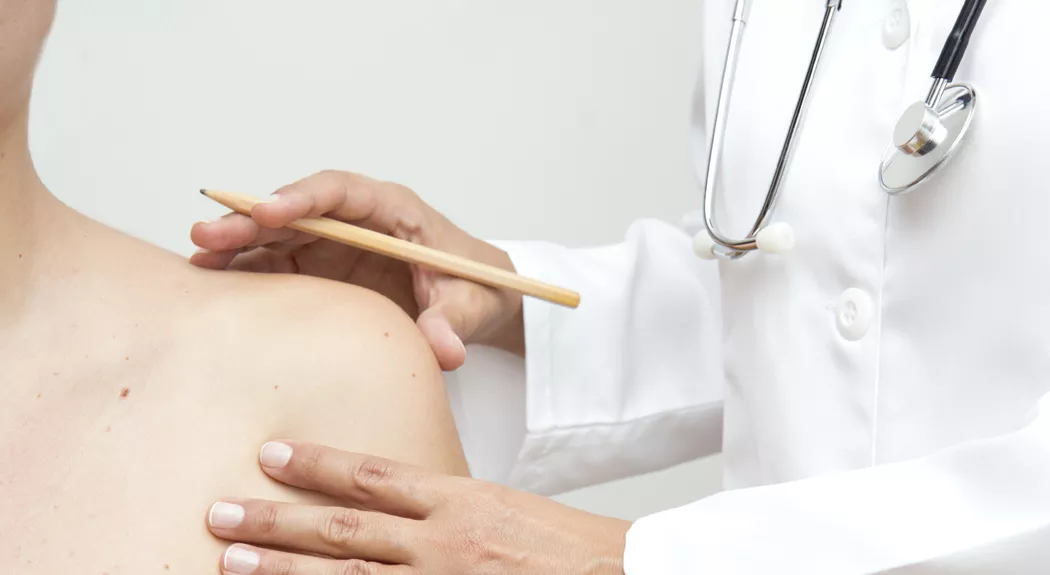by Luminis Health

They go by many names: beauty marks, birthmarks and moles. Whether you love them or hate them, there are many reasons you may consider having one or more of your moles removed.
According to Plastic Surgeon Devinder Singh, MD, of AAMG Plastic Surgery, reasons for mole removal vary, including:
- To lessen irritation when wearing makeup, jewelry or clothing.
- To reduce problems when shaving.
- To smooth skin and improve appearance.
- To determine a diagnosis.
But, these seemingly harmless spots on the skin may be hiding a deadly disease: skin cancer. These marks are made up of pigment-producing cells that can develop into a tumor. In other cases, cancer cells from different tumors can spread to other parts of the body, including the skin.
Skin cancer is the most common form of cancer in the United States, and can affect anyone at any age. More than three-and-a-half million people are diagnosed with skin cancer each year—that’s more than the incidence of breast, prostate, lung and colon cancers combined.
“These spots can appear simply because they’re part of your genetic make-up, or they can appear due to sun exposure,” explains Dr. Singh, chief and medical director of plastic surgery at Anne Arundel Medical Center.
And while most beauty spots aren’t harmful, Dr. Singh recommends seeing a dermatologist or cosmetic surgeon to have them examined. “Your age and the condition of your skin determine how often you should go for an examination,” he says. “The chance of your moles turning into cancer increases with more exposure to sunlight or ultraviolet light.”
How can you tell if a beauty mark is just a harmless spot or a mark masking cancer cells? “Only your doctor can identify if a spot is cancerous,” says Dr. Singh. “But there are several warning signs that may indicate skin cancer.”
To do a self-check of your moles, Dr. Singh recommends using the ABCDE method:
A for Asymmetry: One half of the mark is different from the other half.
B for Border Irregularity: The edges are notched, uneven or blurred.
C for Color: The color is uneven. Shades of brown, tan and black are present.
D for Diameter: The diameter is greater than 6 millimeters (about the size of a pencil eraser).
E for Evolving: There is change in size, color or shape, or symptoms such as itching or bleeding begin.
“If you notice any of these, you should see your doctor immediately. Even if the mole doesn’t need to be removed right away, you can have it removed for preventative purposes,” says Dr. Singh.
 Devinder Singh, MD, is chief and medical director of plastic surgery at Anne Arundel Medical Center.
Devinder Singh, MD, is chief and medical director of plastic surgery at Anne Arundel Medical Center.



